These jeweled skeletons were first found in a catacomb in Rome in 1578 and are believed to be Christian martyrs around the time of the *Reformation. Later, they were canonized as saints and their remains were displayed in churches throughout Europe.
*The Protestant Reformation or Protestant Reformation was a religious reform initiated by Martin Luther and continued by Jean Calvin, Huldrych Zwingli, Jacobus Arminius and others in 16th century Europe. (According to Wikipedia).
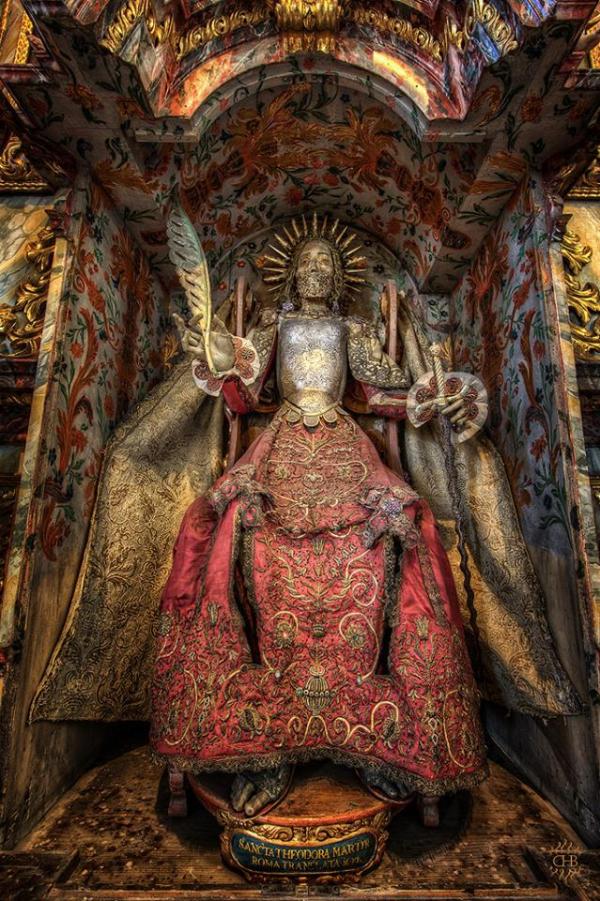
Saint Theodora Martin.
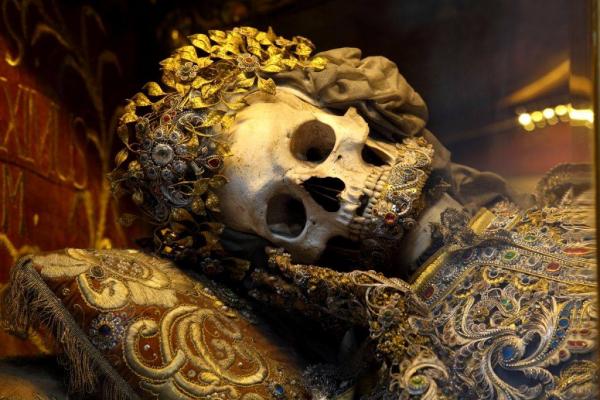
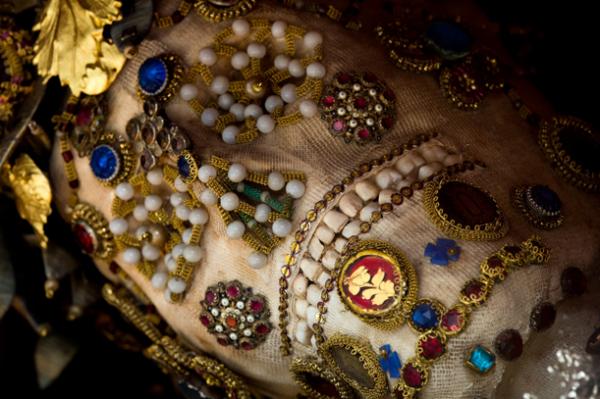
St. Kelmens was moved to Neuenkirch, Switzerland, in 1823 – decades after a wave of funerary sanctuaries were distributed across Europe. Two nuns decorated his skeleton.
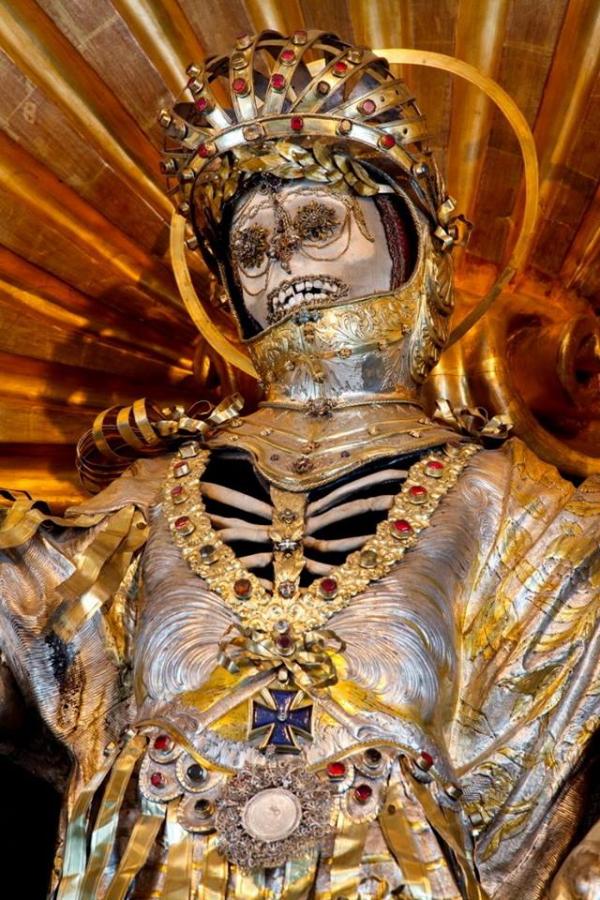
The Vatican has returned thousands of relics including the skeletons of long-lost Saints. Although it is difficult to determine exactly how many of these are the skulls, ribs and joints of each Saint; in Germany, Austria and Switzerland (where most of the remaining remains were destroyed) and the churches managed to return at least 2,000 complete skeletons.

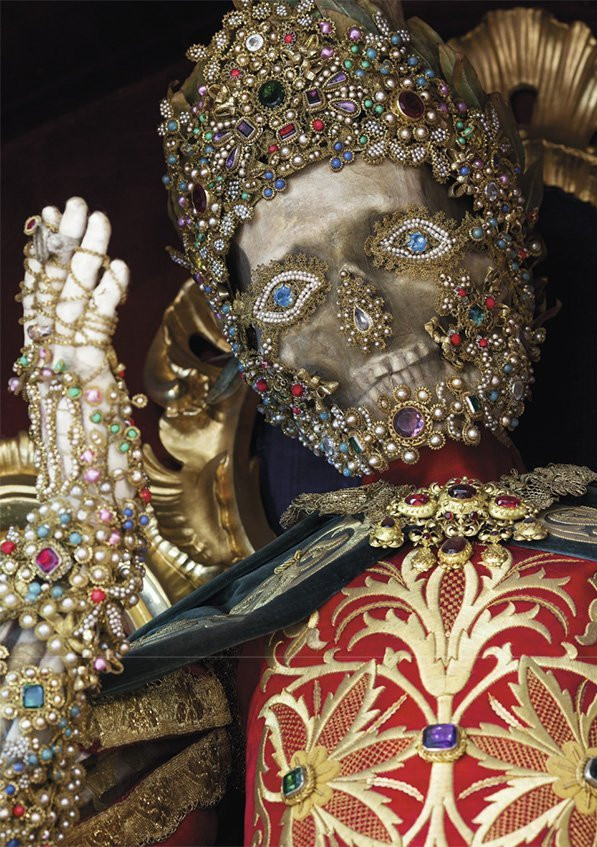
St. Felix in Gars am Inn, Germany.
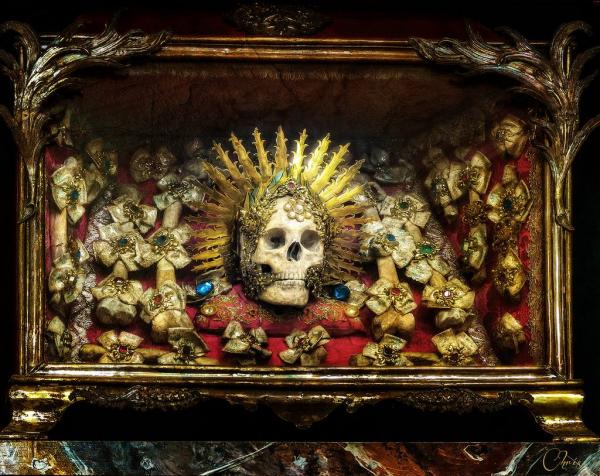
Only the skull of St. Benedictus – named after St. Benedict, the abbey’s patron – was transported to Muri, Switzerland in 1681.
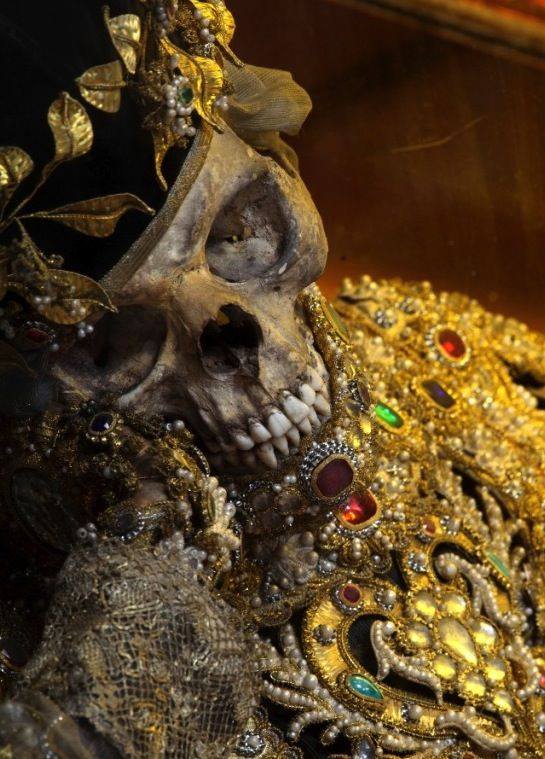
Saint Valentinus is one of ten skeletons decorated by his brother Adalbart Eder. Valentinus wore a biretta and a cassock both encrusted with jewels to show his ecclesiastical status. Today, he is located at the church of Waldsassen in Germany, along with nine of his brothers.
For the Vatican, the process of identifying thousands of skeletons as belonging to a certain Saint is extremely difficult. If they find the letter “M.” engraved next to a body, they would list it as “martyr,” despite the fact that this could also represent “Marcus,” one of the most common names in ancient Rome. If next to the skeletons there were jars of water, they assumed it was the blood of a martyr and not the perfume that the Romans often left on the grave after making offerings like we do today. often leave a wreath.
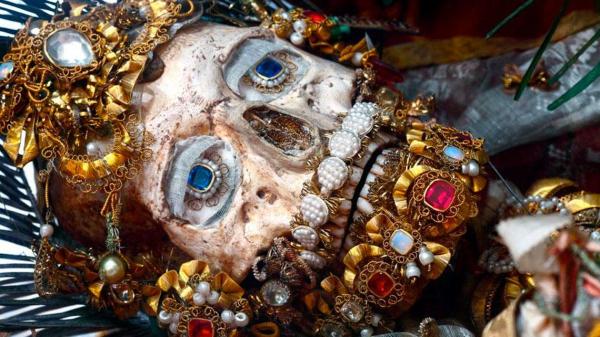
Saint Valerius of Weyarn.
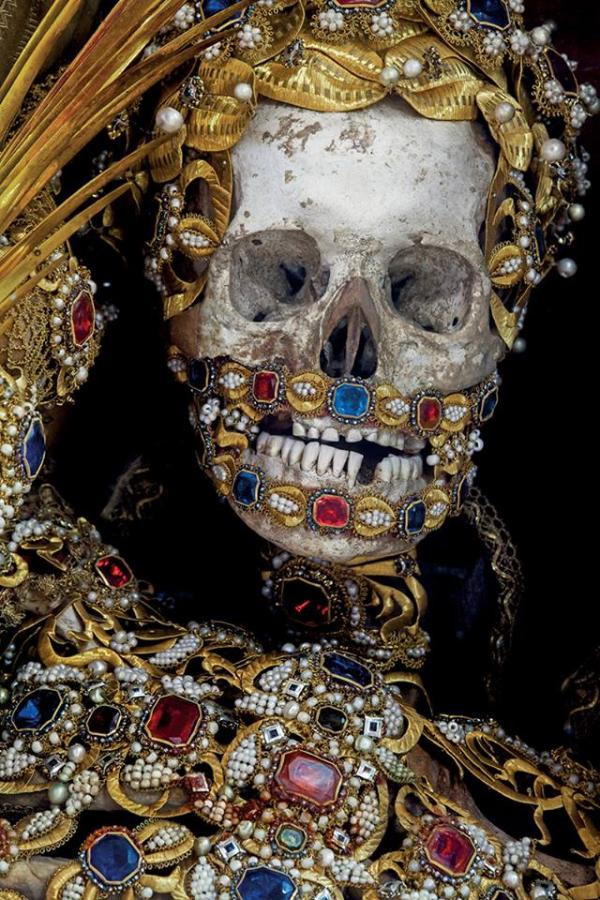
The arrival of the skeleton of Saint Albertus from the Roman Catacombs in 1723.
The Church also believes that the bones of martyrs will emit a golden light and a faintly sweet smell and this will help spiritualists find them in thousand-year-old tombs. After going through the process of identity confirmation, if the skeleton belongs to a Saint, it will be encrusted with jewels and displayed in the church; The rest will be listed as martyrs.
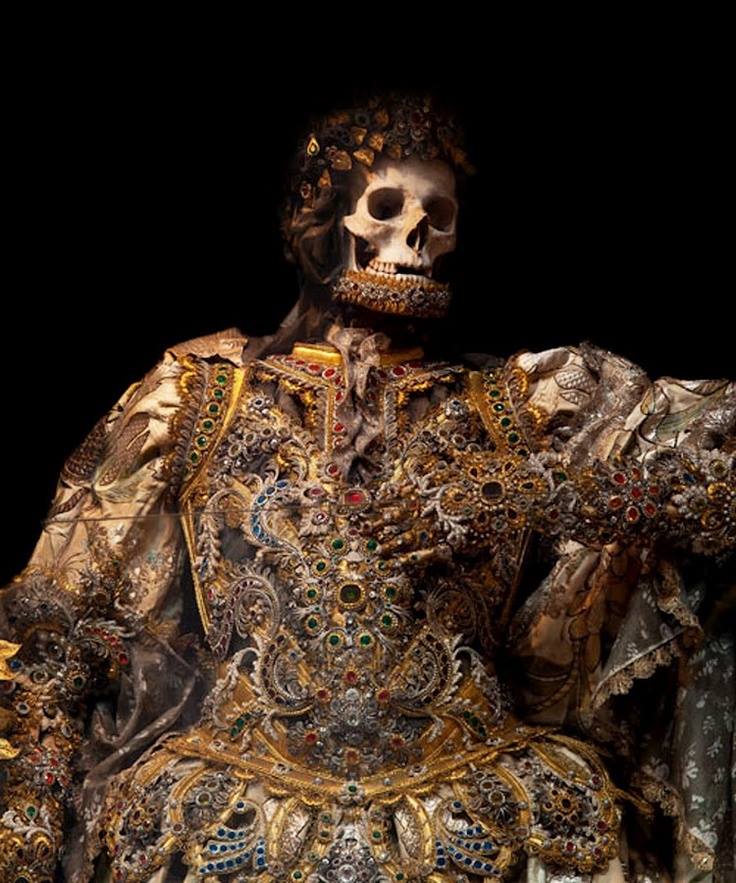
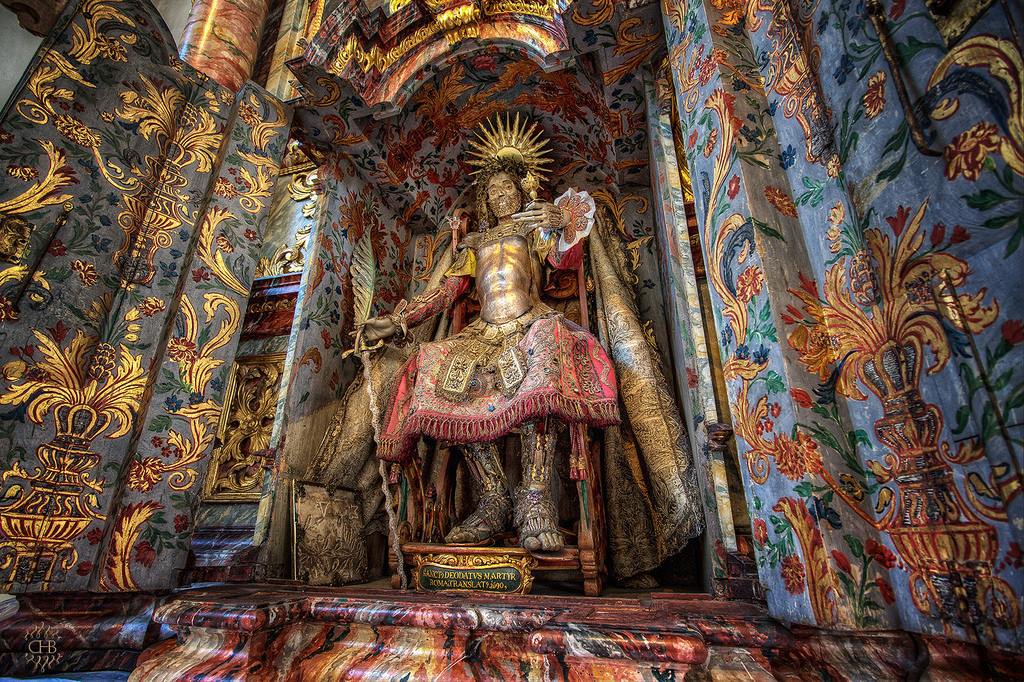
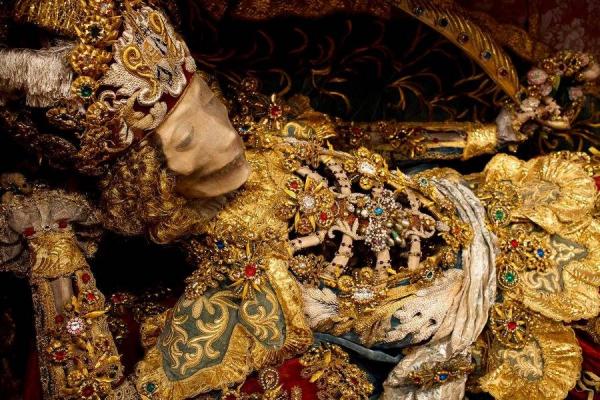
Saint Coronatus entered a monastery in Heiligkreuztal, Germany, in 1676.
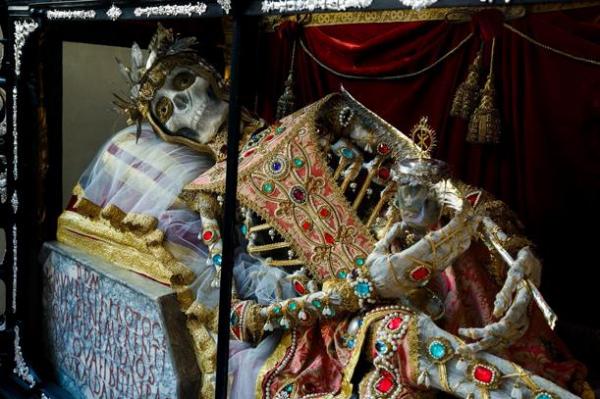
St. Munditia went to St. Peter’s Basilica in Munich.
Each skeleton of a faithful person represents the splendor that awaits them in the afterlife. Before the bones could be displayed in the congregation, they had to be decorated to reflect the saint’s status during his lifetime. Skilled nuns, or possibly monks, would undertake this work before it became public. This work can take up to three years or less, depending on the size of the work group.


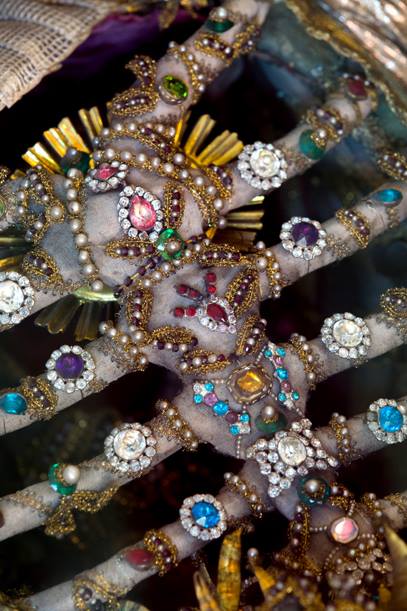
Talented nuns of Ennetach decorate the chest of St. Felix of Aulendorf.
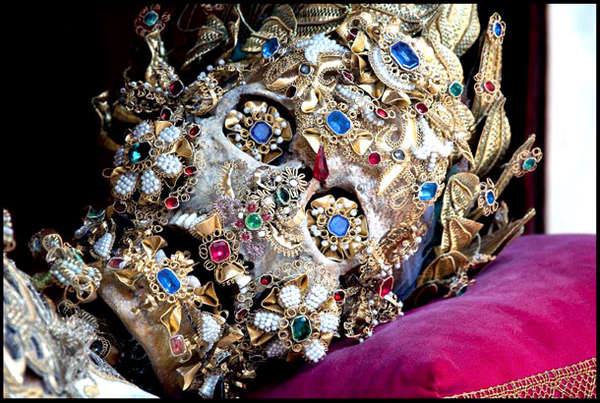
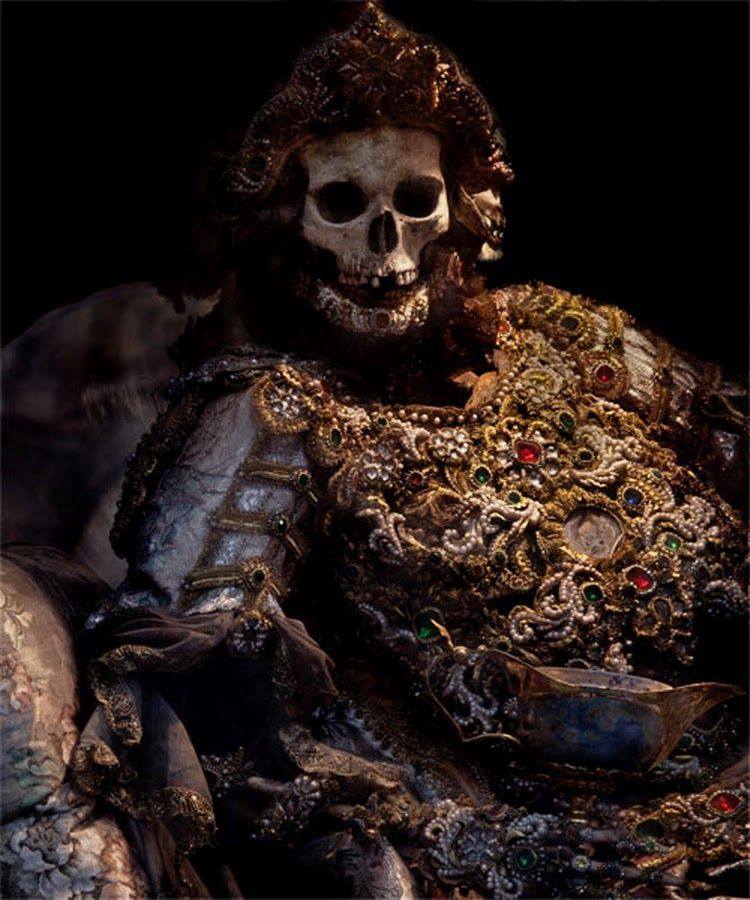
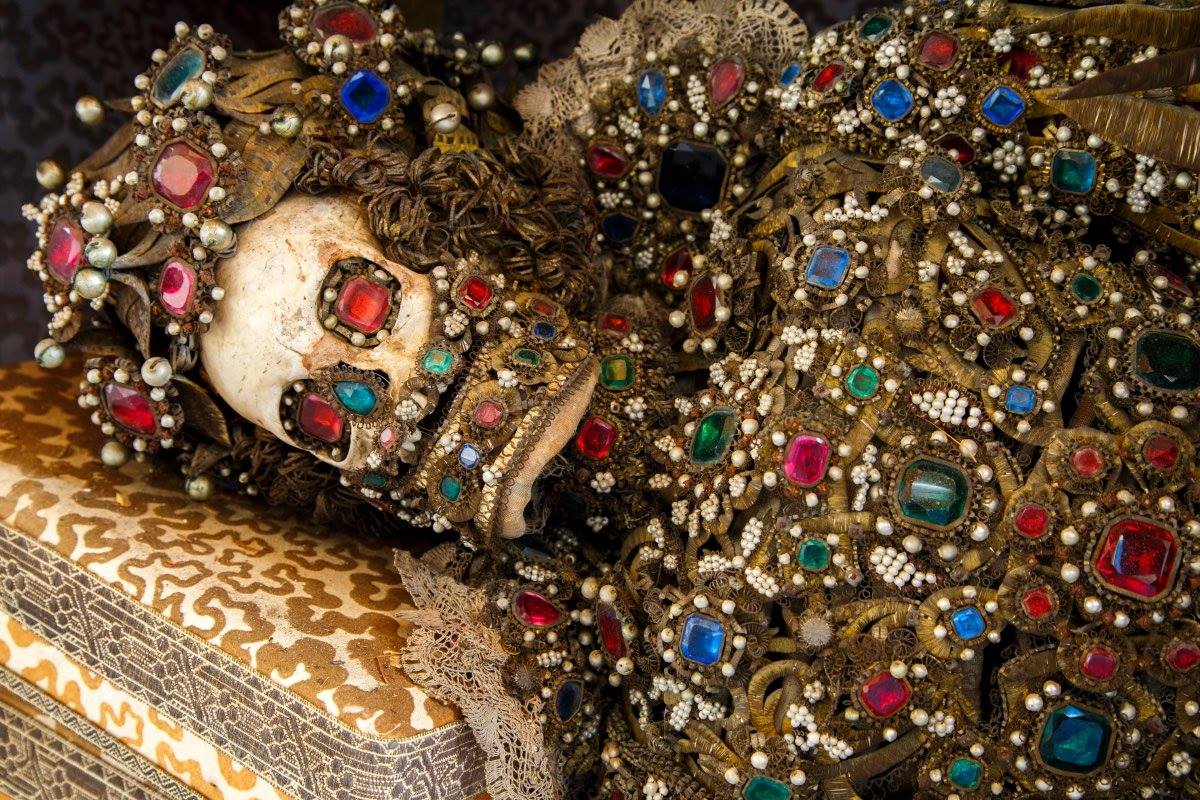
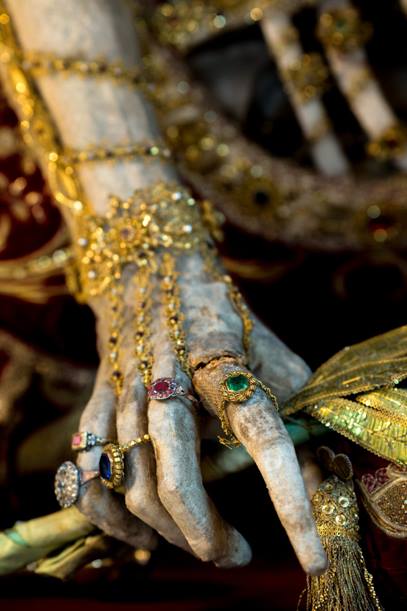
Most of the jewelry of St. Konstantius of Rohrschach, Switzerland is encrusted with jewels donated by donors.
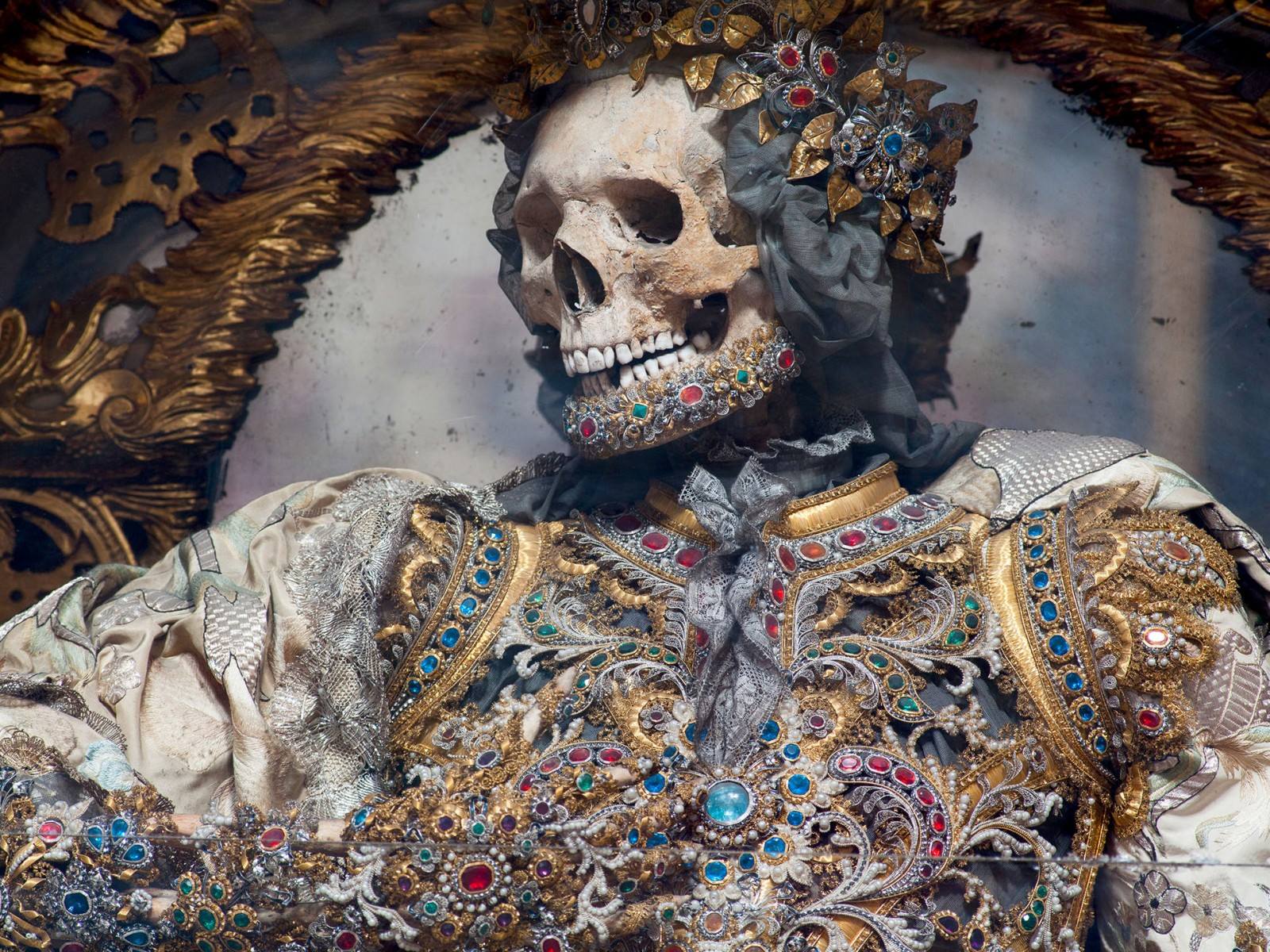
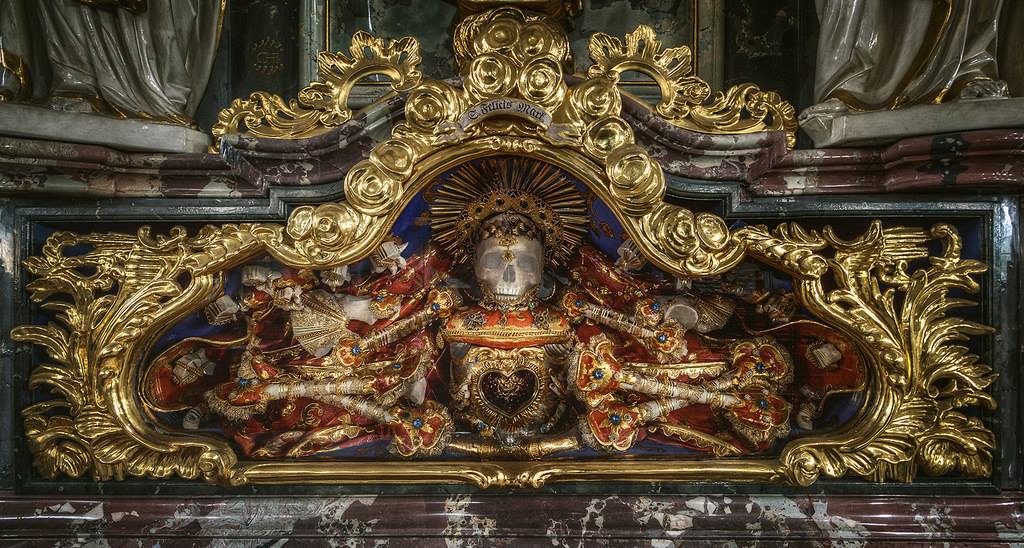
ACCORDING TO: SUMMARY





